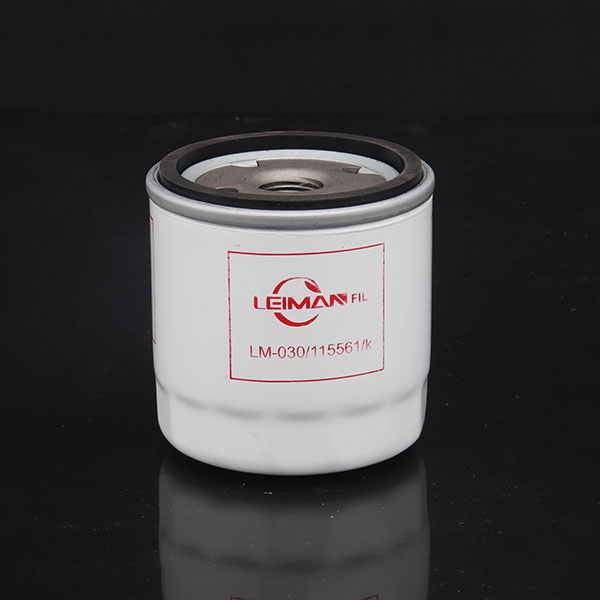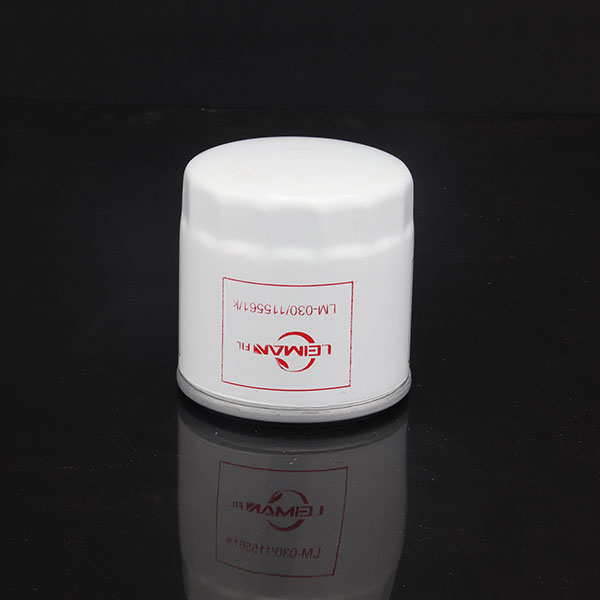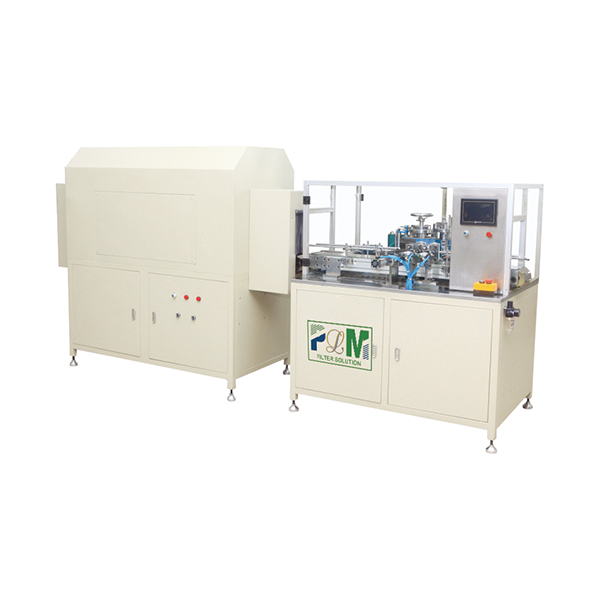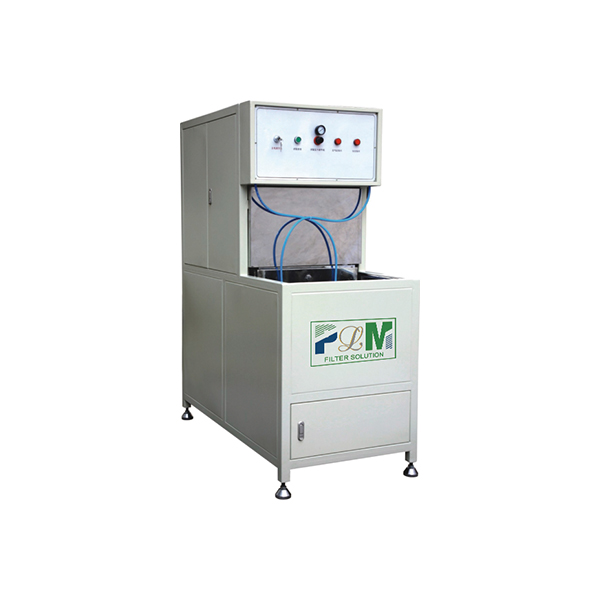Oct . 16, 2025 21:30 Back to list
Active Carbon Air Filter for Air Purifier – Odor Removal?
Why activated carbon is having a moment in air purification
If you’ve ever wondered why some rooms smell “clean” but still feel stuffy, you’re noticing gases and odors that HEPA alone can’t touch. That’s where an active carbon air filter for air purifier quietly does the heavy lifting—adsorbing VOCs, smoke, and the odd mystery smell from new furniture or traffic outside. To be honest, carbon seems simple, but the engineering behind it is getting smarter every quarter.

Trends I’m seeing (and hearing from buyers)
- Shift from loose granules to honeycomb blocks for lower pressure drop and less dusting. - More “targeted” carbons doped for formaldehyde, ammonia, or acid gases. - Real test data is replacing marketing fluff—brands are citing ISO 10121 and ASHRAE 145.2 now, which is refreshing.
Materials, process, and testing (the practical flow)
Feedstocks include coconut shell (high micro-porosity), bituminous coal (balanced pore spectrum), and wood (good for certain aldehydes). Typical flow: pre-wash → activation (steam/chemical) → granulation or extrusion → binder cure for honeycomb or panel modules → pre-dusting → performance testing. Devices get validated under ISO 10121-2 (gas-phase filters), ASHRAE 145.2, plus local purifier standards such as GB/T 18801 and AHAM AC-1 for overall CADR, even if CADR is primarily particulate-focused.
| Media type | Coconut shell activated carbon, 10×30 mesh or honeycomb block |
| Iodine number | 900–1100 mg/g (≈ adsorption capacity) |
| CTC adsorption | 50–70% |
| Pressure drop | ≤ 60 Pa @ 1.0 m/s (module, around 20 mm) |
| Formaldehyde removal | ≥ 85% in 60 min (ISO 16000-3/GB/T 18801 setups, lab condition) |
| Service life | 6–12 months typical; VOC load and humidity may shorten it |

Vendor snapshot (real-world considerations)
Quick comparison I share with procurement teams. Prices shift, so treat this as directional.
| Vendor | Carbon Type | Iodine (≈) | Lead Time | Certs | Notes |
|---|---|---|---|---|---|
| A (Hebei) | Coconut, honeycomb | 1000 mg/g | 2–3 wks | ISO 9001, RoHS | Good custom sizes; fair MOQ |
| B (Guangdong) | Coal-based granules | 900 mg/g | 3–4 wks | REACH, RoHS | Budget, higher drop |
| C (Korea) | Doped media | 950 mg/g | 4–6 wks | ISO 14001 | Best for aldehydes |

Applications, customization, and a couple of real cases
- Apartments with cooking/traffic VOCs: one brand saw toluene drop ≈ 78% in 90 minutes using a active carbon air filter for air purifier paired with H13 HEPA.
- Dental clinic: chairside units with doped carbon cut methyl methacrylate peaks by ≈ 65% (measured via portable PID). Staff reported less odor—yes, subjective, but echoed by multiple locations.
Customization: thickness 10–30 mm, frame (ABS, PP, galvanized), pre-filter fabric, and target gas formulas (formaldehyde, sulfur, NH3). Service life? I tell clients to plan 6 months for heavy cooking/smoking, 9–12 months for light VOC loads; humidity >70% can shorten it.

Where it’s made matters (and a quick aside)
Sourcing from North China’s filtration belt—East of Anping County, Hengshui City, Hebei 053600—often means better access to mesh, wire, and media suppliers. Fun aside: some catalogs there list automotive parts too (I spotted “Spin On Oil Filter 0301155611k 115”). Different line, same obsession with flow and contaminants. It seems that cross-industry know-how helps.
Standards and proof points
Look for ISO 10121-2 or ASHRAE 145.2 test reports; for whole purifiers, AHAM AC-1 CADR and GB/T 18801 form the baseline. Some buyers also ask for UL/ETL electrical safety on the device and RoHS/REACH on media. In fact, many customers say they now refuse filters without a simple before/after VOC log—hard to argue.

Bottom line: pair HEPA for particles with a strong active carbon air filter for air purifier for gases. Test, don’t guess—your nose is honest, but the sensor is kinder.
Authoritative citations
- ISO 10121-2: Test methods for assessing the performance of gas-phase air cleaning media and devices.
- ASHRAE 145.2: Laboratory test method for evaluating the performance of gas-phase air-cleaning devices.
- AHAM AC-1: Method for measuring CADR of portable room air cleaners.
- GB/T 18801-2022: Air cleaner standard (China) including VOC tests and lifetime assessment.
- U.S. EPA: Residential air cleaning for VOCs and particles; guidance on activated carbon use.
active carbon air filter for air purifier – Odor/VOC Control
NewsNov.17,2025Replacement Dyson Carbon HEPA Air Filter – High Efficiency
NewsNov.17,2025Active Carbon Air Filter for Air Purifier | High Adsorption
NewsNov.17,2025Active Carbon Air Filter for Air Purifier | Odor & VOC Control
NewsNov.17,2025Active Carbon Air Filter for Air Purifier | Odor & VOC
NewsNov.17,2025Sintered Porous Metal Filter Tube Cup | 5 Micron, SS316L
NewsNov.11,2025






